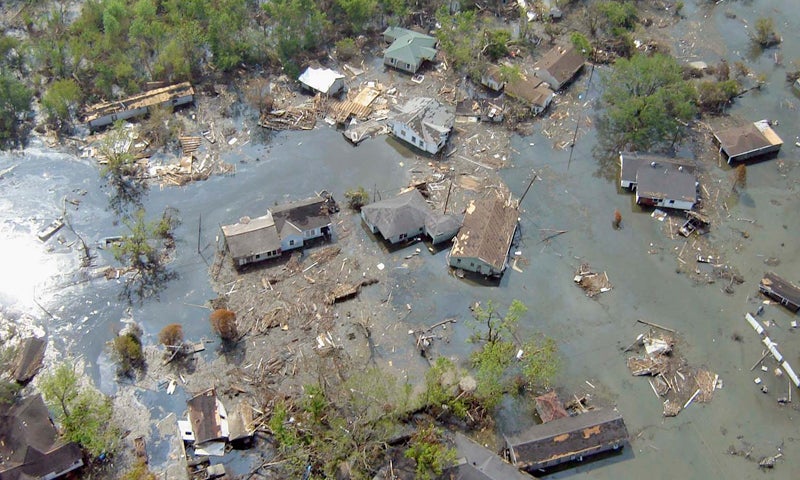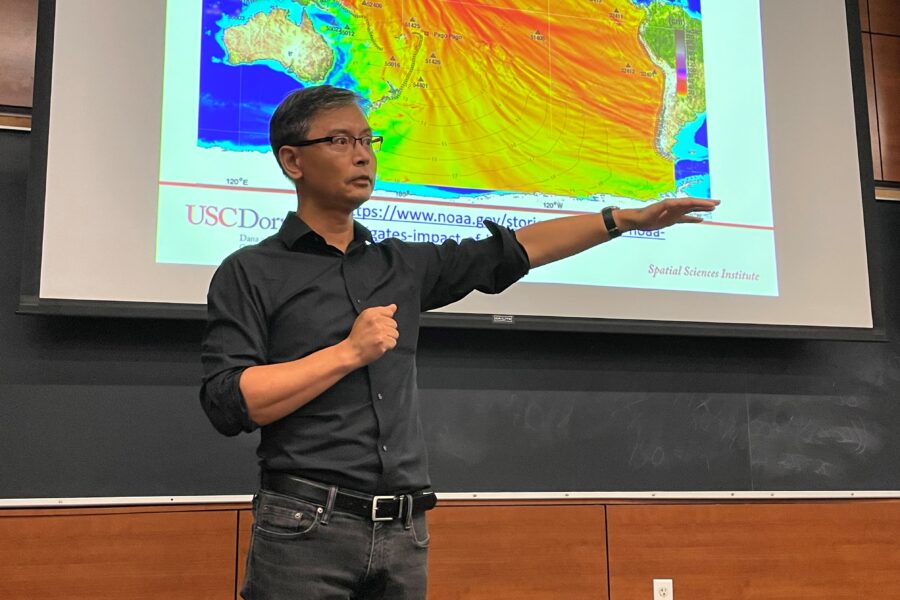Satisfies General Education Category C (Social Analysis)
Would you like to understand the causes of our changing world climate and impact upon individuals and society?
Are you interested in strategies that could reduce the impact of earthquakes, hurricanes, floods, droughts and other natural hazards?
Want to help vulnerable individuals and communities and contribute to a more sustainable future?
In this course, we consider:
- What do hazard, risk, vulnerability and disaster mean, and how are these terms measured?
- What do hazards have to do with human values?
- How is exposure to environmental hazards different in developing and industrialized countries, and why are some communities more resilient than others?
- What responsibility does the government have to protect individuals from risk?
Using quantitative and qualitative methods – including geospatial technologies – you’ll gain insight into the subsequent impacts disaster events have on the social world (such as mortality, displacement, property damage, or other losses).
You’ll reflect on how society evaluates and confronts the dangers posed by natural hazards, and how political, economic and/or cultural settings can serve to attenuate or exacerbate human vulnerability before, during or after a disaster occurs.
Share your perspectives
In this course, you’ll also construct a StoryMap, an online platform that integrates visual media with data that powerfully communicates messages that can inform decisionmaking and support policy changes.
“During my time enrolled in SSCI 214, I learned about pivotal global events and their impact on people and the environment. There was always something new to learn and to consider. I appreciated how the course informed my global perspective.”
Daniris R.

Learn from experts in the field
Guest speakers in this course have included:
- Gregory Elwood, GIS Specialist, Incident Command System Geographic Information Systems Specialist (ICS/GISS), Ventura County Fire – Department, specializing in mapping wildland fires, mudslides and debris flows, and other major natural and man-made disasters
- Steven Goldfarb, CEM, EML, EMT, Fire Safety and Emergency Planning Specialist, USC Office of Fire Safety and Emergency Planning
- Kenneth W. Hudnut, Ph.D., Science Advisor for Risk Reduction, Research Geophysicist, U.S. Geological Survey
- Andrew Theisen, Senior Emergency Management Coordinator, USC






